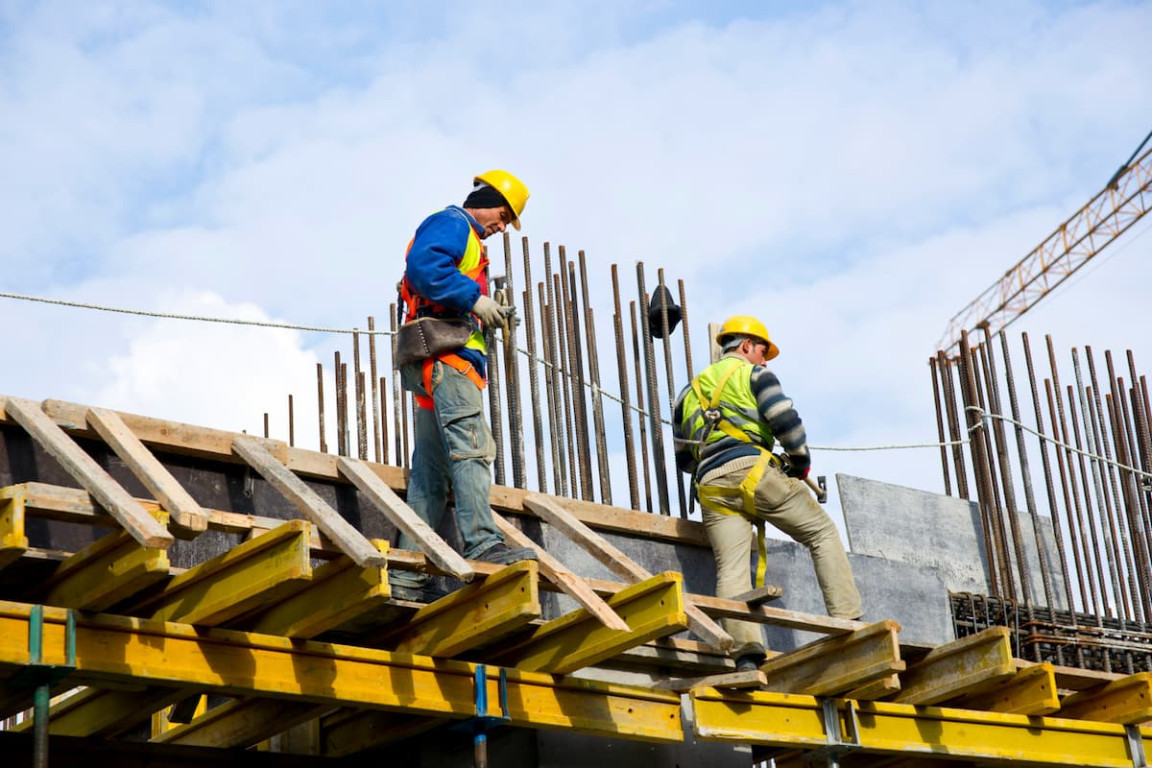Buying a home is one of the most exciting milestones in life, but it’s also one of the largest financial decisions you’ll ever make. While many people focus on the upfront cost of the house and the advertised mortgage rates, there are hidden house loan fees that can significantly impact the total cost of homeownership. These unexpected mortgage expenses often fly under the radar, leaving homeowners unprepared for the financial burden that comes with their new property. Understanding these cost factors in loan plans is essential to avoid surprises down the road.
Here’s a look at some of the unseen financing charges and hidden costs that could sneak up on you during the home-buying process.
1. Closing Costs: Beyond the Down Payment
When it comes to securing a house loan, most buyers focus heavily on the down payment. However, one of the first hidden house loan fees that often surprises buyers is the closing costs. These fees can range from 2% to 5% of the home’s purchase price, which can be quite substantial. Closing costs typically include charges for loan origination, title searches, home appraisals, inspections, and attorney fees, depending on your state.
It’s essential to ask your lender for a detailed breakdown of closing costs early in the process. Many first-time buyers may not be aware that these fees are not included in the price of the house, and failing to account for them could lead to last-minute financial scrambling.
2. Private Mortgage Insurance (PMI)
If you don’t have a 20% down payment, you might be required to purchase private mortgage insurance, or PMI. PMI protects the lender in case you default on the loan, but it adds an additional monthly cost to your mortgage payment. The cost of PMI can vary based on your loan amount and credit score, typically ranging from 0.3% to 1.5% of the original loan amount per year.
While PMI is often a requirement for buyers with less than 20% down, it’s important to note that PMI does not benefit you in any way—it’s purely for the protection of the lender. As you pay down your mortgage and reach 20% equity, you can usually request to cancel PMI, reducing your monthly payment.
3. Interest Rate Variability
When you’re offered a mortgage, it’s easy to be lured by a seemingly low interest rate. However, many buyers fail to account for the long-term impact of interest rates, especially if they have an adjustable-rate mortgage (ARM). While an ARM typically starts with a lower rate than a fixed-rate mortgage, the rate can increase over time, leading to unexpected mortgage expenses in the future.
Before committing to an adjustable-rate loan, consider how much the interest rate can fluctuate over the life of the loan and whether you’ll be able to afford higher payments if rates rise. If you’re planning to stay in your home for a long time, a fixed-rate mortgage might be a better option to lock in a stable rate.
4. Home Maintenance and Repairs
Owning a home means you are responsible for its upkeep. While this is not typically considered a cost factor in loan plans, it is certainly a long-term expense that can surprise new homeowners. The cost of maintaining and repairing your home can vary greatly depending on the age, size, and condition of the property.
Routine maintenance, such as lawn care, cleaning gutters, and servicing HVAC systems, is essential but often overlooked. Additionally, major repairs—like replacing a roof, repairing plumbing, or addressing electrical issues—can cost thousands of dollars. It’s a good idea to set aside a portion of your monthly budget for home maintenance and unexpected repairs to avoid financial strain.
5. Property Taxes
Property taxes can also be a hidden cost when it comes to purchasing a home. These taxes are assessed by local governments and can vary widely depending on where you live. Property tax rates are often based on the value of your home, meaning your taxes will increase as your home’s value rises.
In many cases, mortgage lenders will collect property taxes as part of your monthly payment and place them in an escrow account. This can make property taxes seem like an invisible expense, but it’s crucial to be aware of how much you’re paying annually. Failing to account for property taxes in your budget can lead to cash flow issues, particularly if your taxes increase unexpectedly.
6. Homeowners Association (HOA) Fees
If you’re buying a home in a community governed by a homeowners association (HOA), you may be subject to HOA fees. These fees can vary significantly depending on the community and can cover amenities such as landscaping, pool maintenance, or security services. While these fees are often not included in your mortgage, they are an ongoing expense that should be factored into your budget.
In some cases, HOA fees can increase over time due to rising costs or the need for capital improvements, leading to unseen financing charges that catch homeowners off guard. It’s important to inquire about any HOA fees and the financial health of the association before committing to a property.
7. Homeowners Insurance
Homeowners insurance is another essential cost that is often bundled into your monthly mortgage payment. This insurance protects your home and belongings against damage or loss from fires, natural disasters, theft, and other unforeseen events. While it’s required by most lenders, the cost of homeowners insurance can vary greatly depending on factors such as the location of your home, its value, and the amount of coverage you select.
To avoid unexpected premium hikes, it’s wise to shop around for the best rates and review your policy annually to ensure that you have the right level of coverage.
8. Loan Prepayment Penalties
Some mortgages come with prepayment penalties, which can catch buyers off guard if they decide to pay off their loan early. These penalties are typically a percentage of the loan balance or a set number of months’ interest, and they can significantly reduce the benefits of paying off your mortgage early.
It’s important to read the fine print of your loan agreement and ask your lender whether your loan includes prepayment penalties. If you plan to pay off your mortgage early or refinance in the future, you’ll want to avoid loans with these penalties to maximize your savings.
Conclusion
While house loans offer a path to homeownership, they also come with a variety of hidden house loan fees and unexpected mortgage expenses that can catch buyers off guard. By understanding these cost factors in loan plans—including closing costs, PMI, interest rate fluctuations, and ongoing expenses like property taxes and maintenance—you can better prepare for the financial demands of homeownership.
When considering a mortgage, it’s essential to account for all these unseen financing charges and factor them into your long-term financial planning. A little foresight can go a long way in ensuring that your journey to homeownership remains smooth and manageable.



:max_bytes(150000):strip_icc()/__opt__aboutcom__coeus__resources__content_migration__mnn__images__2018__03__shutterstock_1051823762-0b00dcf9cd99473cabaff5546d745b0a.jpg)